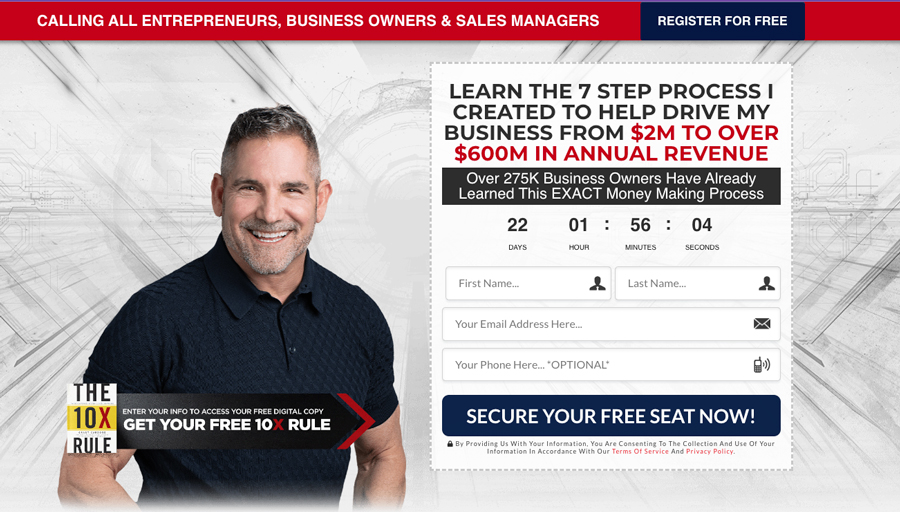In the current economy, more young professionals are embracing the philosophy of “over-employment.” I’ve been in business for over 30 years. So, I wanted to take a closer look at this concept. For that reason, this article examines what it is and if I think it’s a good idea…
What is “Over-Employment”?
I first heard the term “over-employment” from an article in Business Insider.
THEY DEFINED IT AS WHEN ONE HAS MULTIPLE JOBS OR HAS ADDITIONAL CONTRACT WORK TO ACHIEVE FINANCIAL GOALS.
I don’t believe there is anything inherently wrong with that idea. In fact, I encourage people to work to their full potential.
However, there are factors that you should consider before undertaking over-employment.
What are the Pros and Cons?
Let’s get the bad news out of the way first…
Over-employment means that you are working harder for longer periods. As such, you need incredible time management skills.
Further, be mindful of the second job or contract work you take on. Depending on your company, it may cause you legal trouble.
BUT, I THINK THERE ARE STRONG PROS TO OVER-EMPLOYMENT THAT OUTWEIGH THE CONS.
The advantages of this method are first and foremost hitting career and financial milestones faster.
That being said, there are certain requirements for this method to be successful…
The Secret to Making Over-Employment Work
Before you take on over-employment, look at what you’re trying to achieve by doing this.
Your “why” needs to be solidly in place. Otherwise, burning the candle at both ends will get old — fast.
Next, instead of getting a second job or side work, see how you can earn more at your current job. That eliminates the risks we discussed earlier and still hits your goals.
Ultimately, over-employment is just another term that means paying the price now, so you can pay any price later.
And, I’m on board for doing whatever it takes to be great — no matter how you label it.
— Grant Cardone
Disclaimer: This content is intended to be used for educational and informational purposes only. Individual results may vary. You should perform your own due diligence and seek the advice from a professional to verify any information on our website or materials that you are relying upon if you choose to make an investment or business decision. Investment, real estate, and business involve great risk and there is no guarantee of performance or results.We are not attorneys, investment advisers, accountants, tax professionals or financial advisers and any of the content presented should not be taken as professional advice. We recommend seeking the advice of a financial professional before you invest, and we accept no liability whatsoever for any loss or damage you may incur.



























